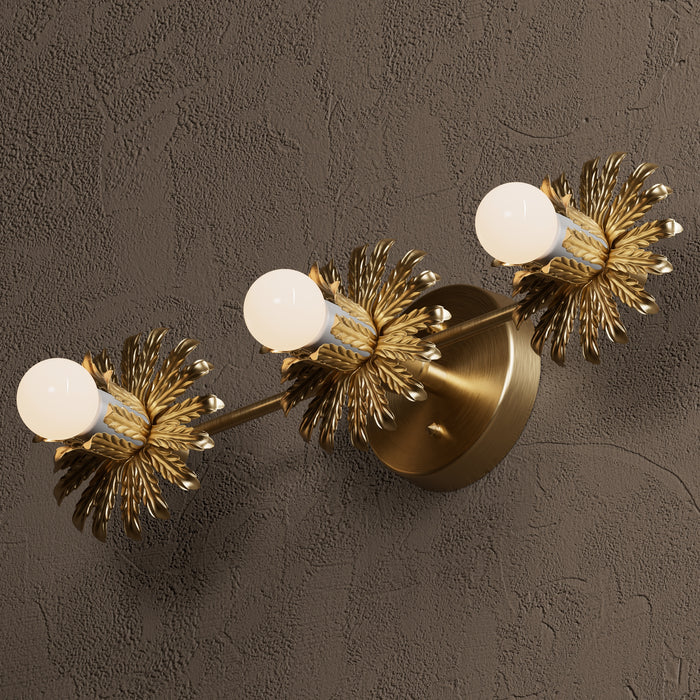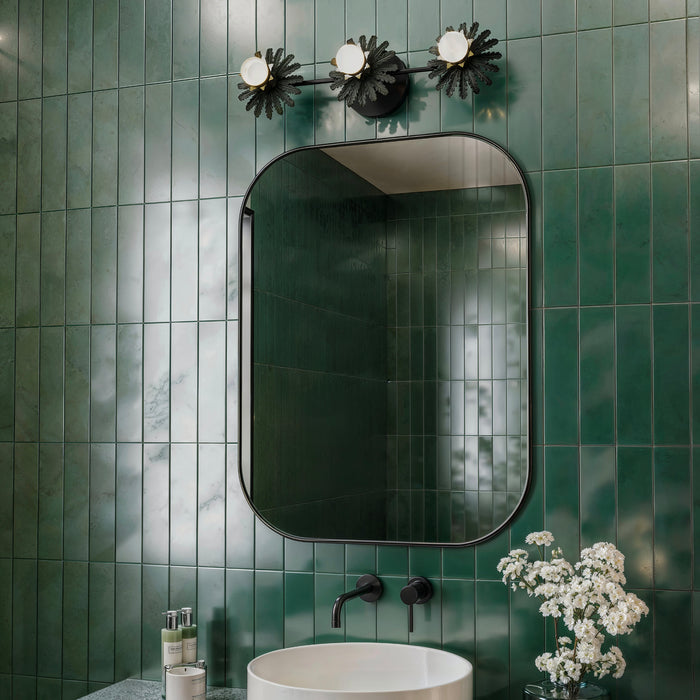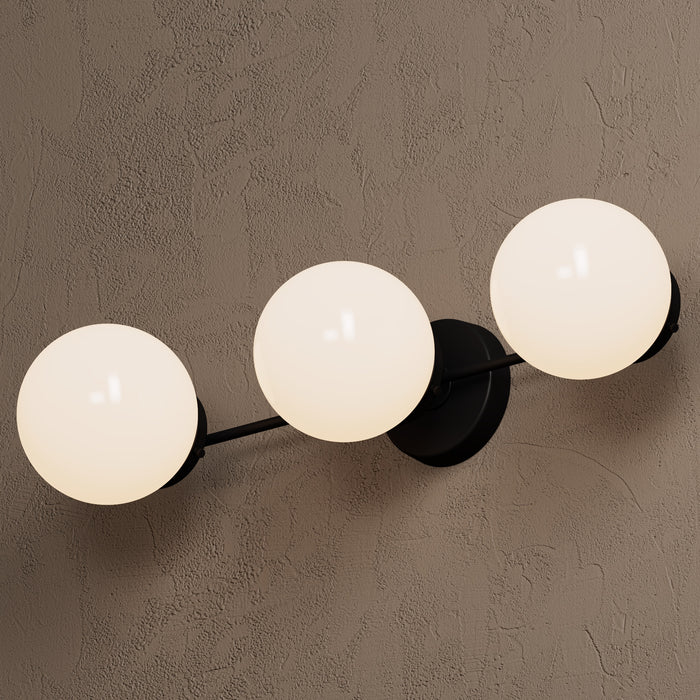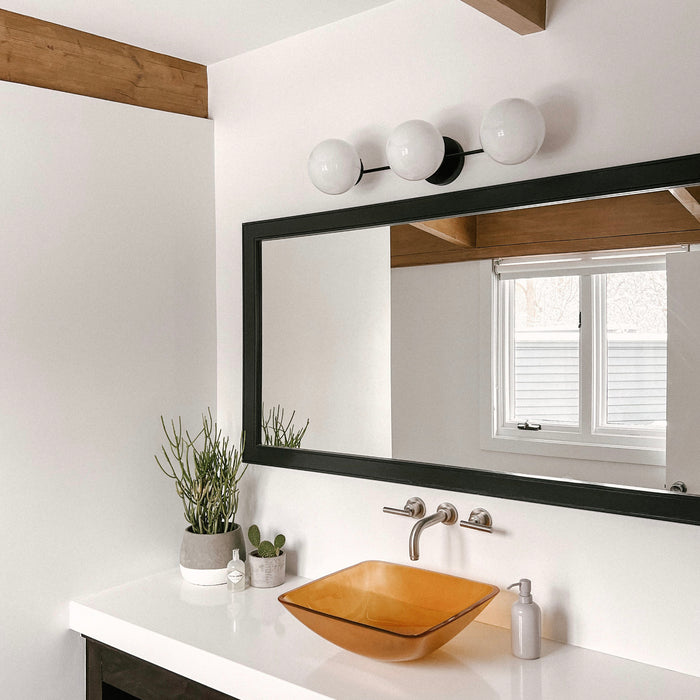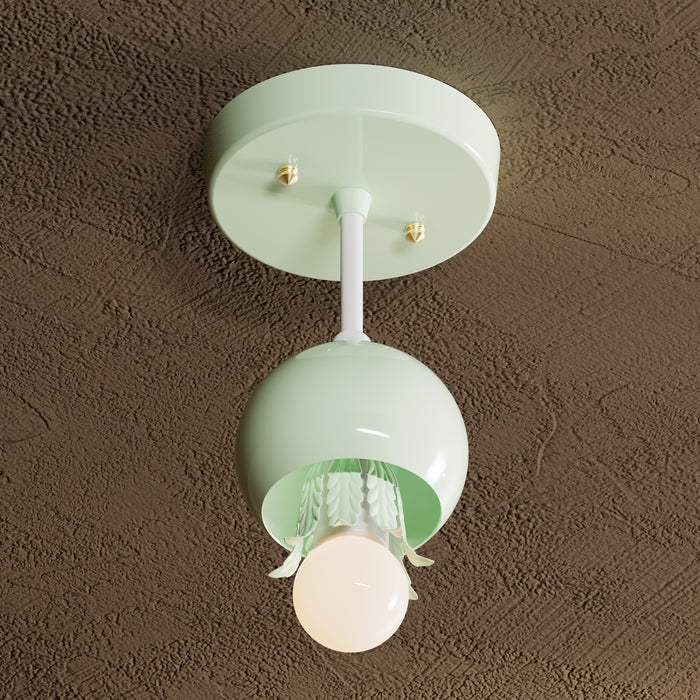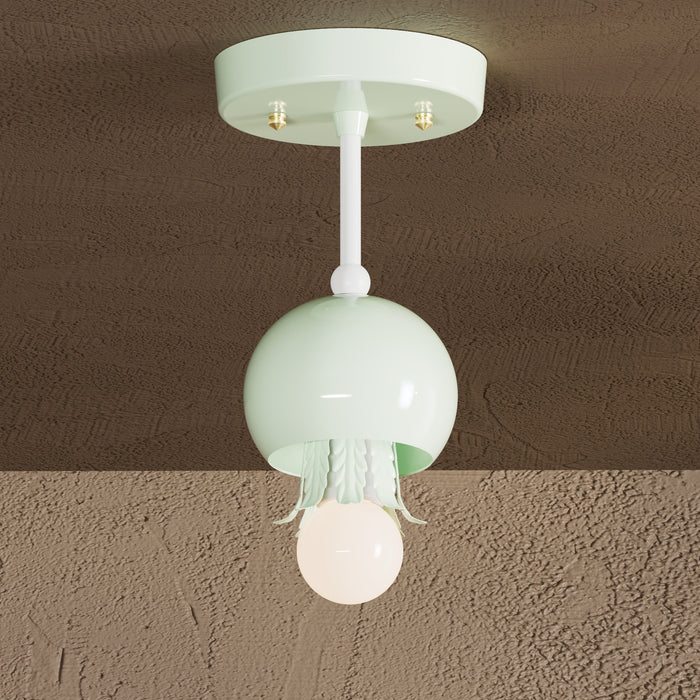Lighting has a significant impact on the overall atmosphere and operation of your house. Whether you favor historical lighting or the clean lines of a mid-century modern pendant lamp, avoiding common lighting blunders may greatly improve the look of your area.
Here are 8 common lighting problems and how to avoid them.
Common Lighting Mistakes and How To Avoid
1. Overlooking the Importance of Layered Lighting
Layered lighting is essential for producing a well-lit room that can be tailored to different demands and moods. Relying primarily on overhead lighting might make your area appear bland and unwelcoming.
How to Avoid It:
Combine ambient, task, and accent lighting. Mid-century wall sconces offer a sophisticated touch, while antique pendant lights above workstations or dining rooms create a balanced and pleasant ambience.
2. Choosing the Wrong Size Fixtures
Size is important when it comes to lighting fixtures. Too big, it might overpower the room; too little, it won't produce sufficient illumination.
How to Avoid It:
Before choosing fittings, measure your room and take your ceiling height into account. A typical approach is to add your room's length and breadth in feet to get the diameter of your fixture in inches. For example, a room measuring 10 feet by 12 feet would be ideal for a fixture with a diameter of 22 inches.
3. Ignoring the Style of Your Home
Lighting fixtures should compliment the current decor. Mixing incompatible styles might throw off the visual harmony of your room.
How to Avoid It:
Choose fittings that complement your home's décor. Vintage wall sconces may give character to classic interiors, whilst a mid-century modern pendant light can enrich a more modern setting.
4. Inadequate Lighting for Tasks
Poor task lighting may make simple tasks like reading or cooking difficult and strain your eyes.
How To Avoid It:
Identify locations that require task lighting, such as kitchen countertops, reading nooks, and home offices. Incorporate flexible lighting choices such as classic wall sconces with swing arms or under-cabinet lights into your kitchen.
5. Forgetting About Dimmers
Dimmers allow you to adjust the brightness of your lights, increasing adaptability and mood.
How To Avoid It:
Install dimmer switches in important locations such as the dining room, living room, and bedroom. This allows you to modify the illumination according to the occasion, whether it's a bright setting for reading or a dim, warm ambience for leisure.
6. Incorrect Bulb Choices
The kind and color temperature of light bulbs considerably influence a room's atmosphere.
How To Avoid It:
Choose bulbs that correspond to the purpose of the room. Warm white bulbs (2700K-3000K) create a nice atmosphere in living rooms and bedrooms, while cooler white bulbs (3500K-4100K) are used in workplaces such as kitchens and home offices. Consider energy-efficient solutions, such as LEDs.
7. Poor Placement of Light Fixtures
Improperly positioned lighting fixtures can cause uneven illumination, resulting in shadows or too bright areas.
How To Avoid It:
Plan your lighting setup carefully. For example, position mid-century contemporary pendant lights over kitchen islands or dining tables to offer direct lighting where it is required. Use vintage wall sconces to brighten gloomy nooks and add dimension to the space.
8. Neglecting Natural Light
Failure to optimize natural light might make your home appear dark and uninviting during the day.
How To Avoid It:
Enhance natural light by utilizing sheer curtains, strategically arranging mirrors to reflect light, and avoiding thick, dark window coverings. To maintain a bright and pleasant ambiance, combine natural light with strategically placed artificial lighting.
FAQs
How do you keep can lights from shadowing?
To reduce shadowing, ensure that can lights are appropriately placed and positioned so that they do not cast shadows on work or seating areas. Use many can lights to spread the light more evenly over the space.
What can we do to increase lighting in our homes?
Improving lighting in the house may be accomplished by combining ambient, task, and accent lighting. Use dimmer switches, choose appropriate light fixtures for each space, and take use of natural light by strategically placing windows and mirrors.
How do you provide adequate lighting?
To guarantee proper lighting, create a lighting plan that incorporates different sources of light, such as overhead lights, task lights, and accent lights. Consider the purpose of each area and choose fixtures and bulbs that give the appropriate amount and kind of lighting.
Should all of a house's light fixtures match?
While all light fixtures in a house do not have to match, they should complement one another and your home's overall decor. While combining different styles might add visual intrigue, sticking to a consistent theme guarantees a harmonious appearance.
Summary
Lighting is more than simply a utilitarian part of your house; it's also an important component of interior design. By avoiding these typical mistakes and adding antique lighting and mid-century fixtures, you can create a pleasant, well-lit area that is ideal for your lifestyle and preferences.
Avoiding these common lighting blunders may convert your house into a well-lit refuge. Whether you're adding character with an antique wall sconce or making a statement with a mid-century modern pendant lamp, intelligent lighting selections can improve both the practicality and visual appeal of your living area.
